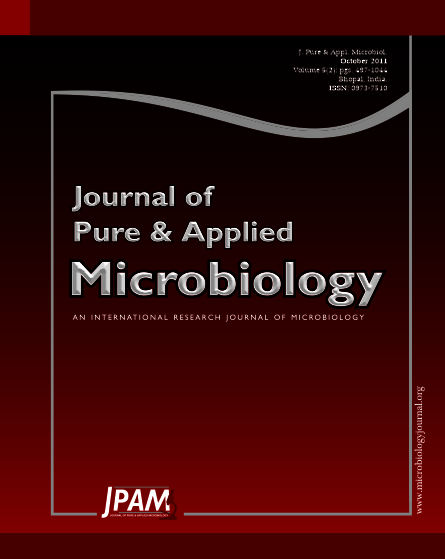Medicinal plants are of great importance to the health of individuals and the society. The medicinal value of the plants lies in some chemical substances that produce a definite physiological action on the human body .In this study we examined the phytochemical screening and antibacterial activities of the leaf of Eurya japonica and Ficus auriculata plant species. Phytochemical screening of these plants was performed for constituents i.e alkaloids, glycosides, flavonoids , terpenoids,saponins, tannins and reducing sugar using four (4) different solvents namely petroleum ether, ethyl acetate, acetone and ethanol respectively. Thier antibacterial activities were tested using some Gram positive bacteria: (Staphylococcus aureus) and Gram negative bacteria ( Escherichia coli ,Klebseila pneumonia and Pseudomonas species) by disc diffusion method. The disc diffusion method for antibacterial activity showed significant reduction in the bacterial growth in terms of zone of inhibition around the discs. The results of the antibacterial activity screening support the ethno-medical use of these plants. Further studies on the isolation and characterization of the compound from Eurya japonica and Ficus auriculata, responsible for the observed antibacterial properties is in progress.
Antibacterial activity, ethanolic extracts, Eurya japonica, Ficus auriculata, medicinal plants and phytochemical screening
© The Author(s) 2011. Open Access. This article is distributed under the terms of the Creative Commons Attribution 4.0 International License which permits unrestricted use, sharing, distribution, and reproduction in any medium, provided you give appropriate credit to the original author(s) and the source, provide a link to the Creative Commons license, and indicate if changes were made.


